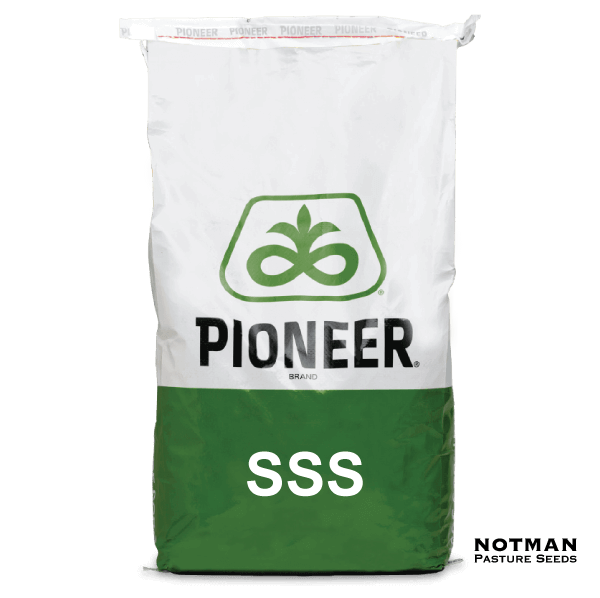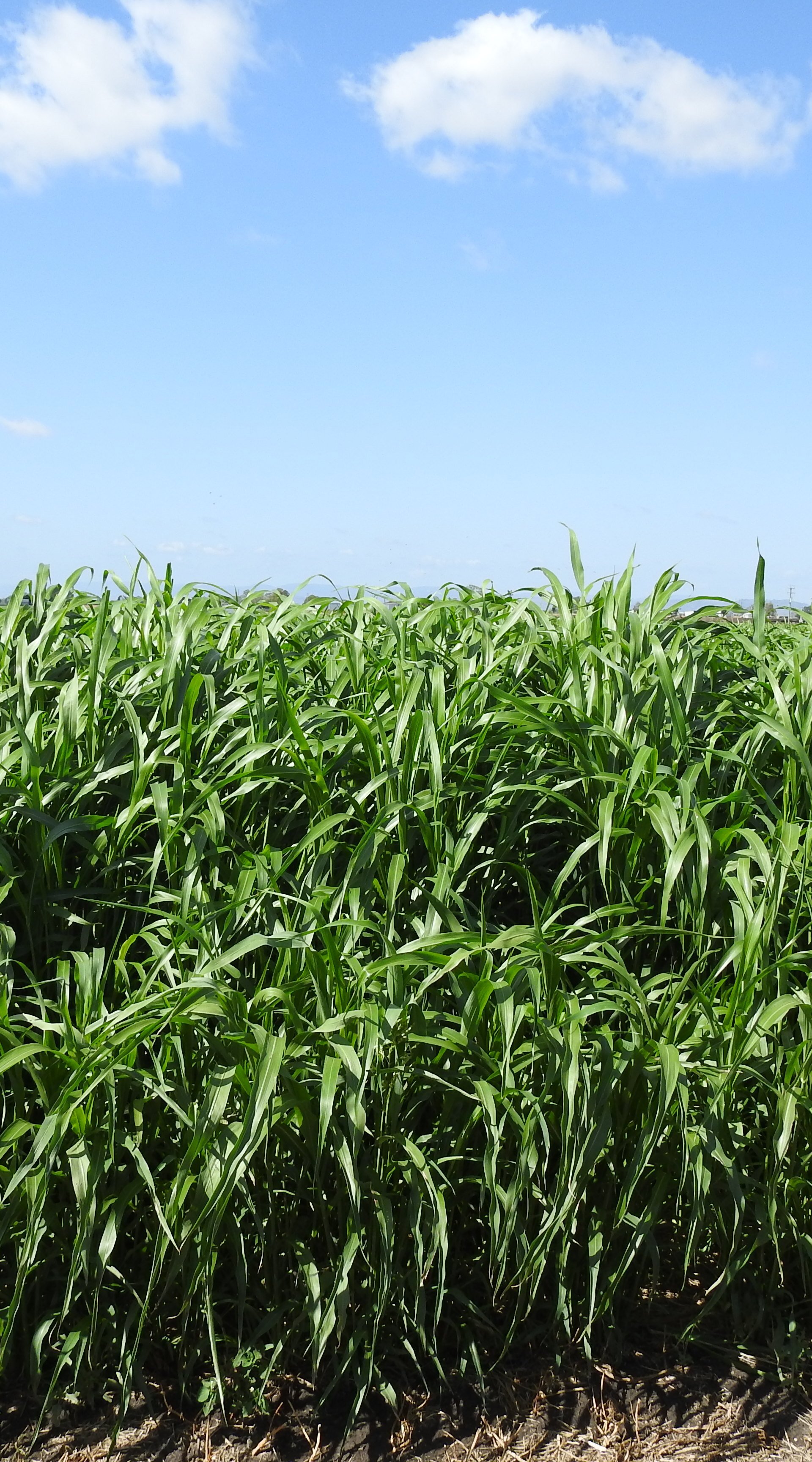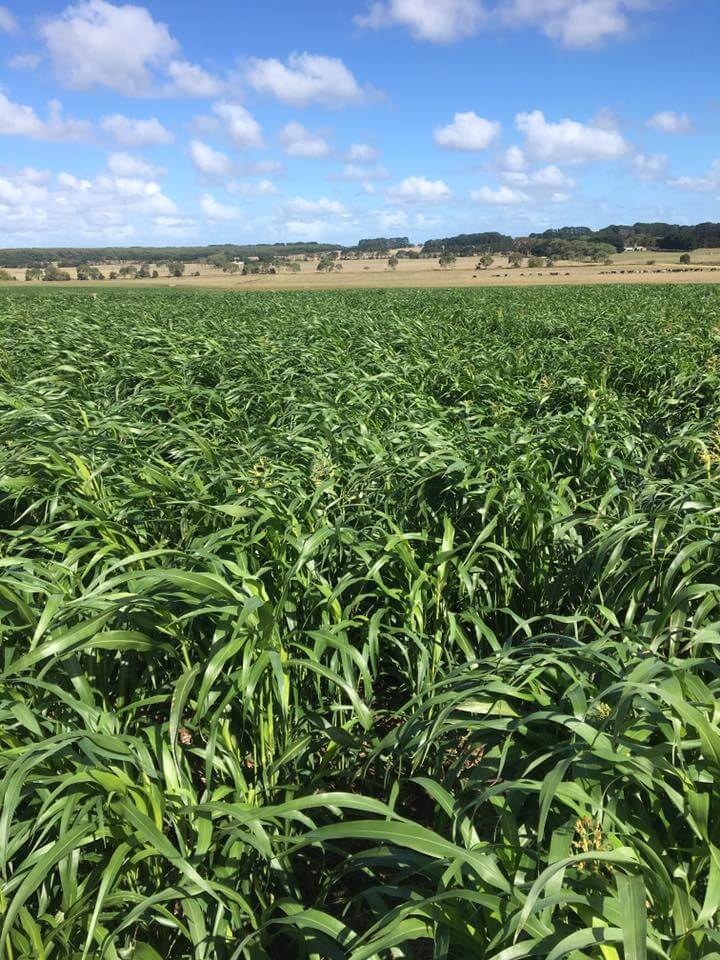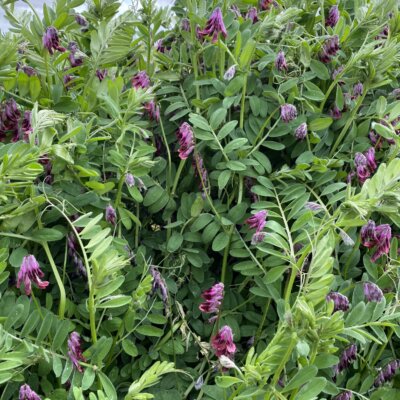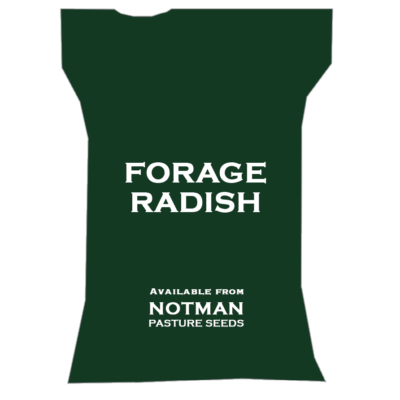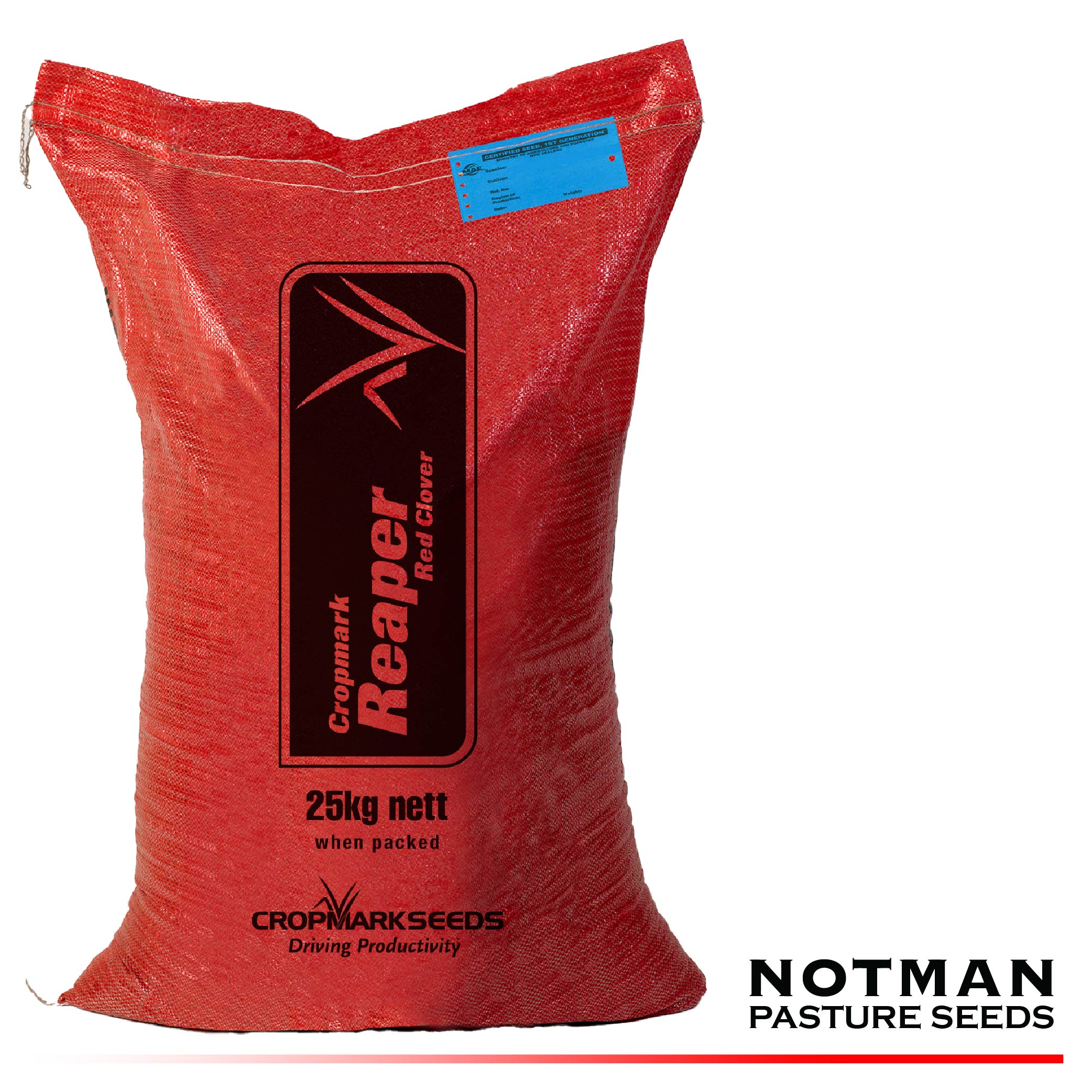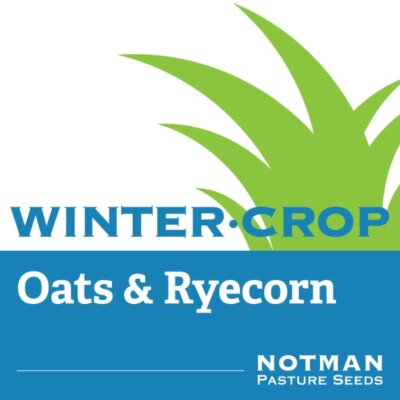Description
Super Sweet Sudan, commonly known as SSS, is a quick to graze or harvest summer C4 grass forage and sustains multiple and intensive grazings.
Super Sweet Sudan has proven that it has wide area adaptability and flexibility due to the highly palatable sweet stems and excellent leaf mass at all stages of maturity. These features give you grazing and haymaking flexibility that other summer forages will struggle to match. Studies have shown that sudan-type forages pose a lower risk of prussic acid toxicity to livestock than sorghum or sorghum-cross type forages giving even more flexibility to your grazing or haymaking operations.
- Exceptional quick regrowth allows multiple cuts and grazings throughout the season
- Super fine stems deliver exceptional hay quality and bale-wrapped silage, and is suitable for grazing by all stock types
- Low prussic acid potential means SSS is a safer option than sorghum type forages
- Has a prolific tillering habit ensuring the ability to increase biomass production quickly after grazing or cutting
- Super sweet leaf and stem mean SSS is highly palatable at all stages of growth giving better utilisation by all stock
| Variety | Super Sweet Sudan (SSS) |
|---|---|
| Sowing date | Late spring, early summer |
| Sowing depth | 10-15mm |
| Sowing rate | 15-18kg/ha |
| Ready to graze | 60-75 days |
| First grazing height | 50-80cm |
| Regrowth grazing | 70-110 cm |
| Soil temperature required for sowing | 15+ degrees (constant) |
| Energy | 9-10 MJME/kgDM |
| Companion species (Autumn sown) | Summer legumes, such as Reaper Red Clover |
Level of Management Required
Plant 2.5-3 cm deep into moisture. Best results when using a planter with press wheels or followed by a roller to improve seed soil contact. Best quality feed when grazed or cut on a regular basis.
Grazing Tips
Super sweet fine stems produce excellent palatability and quality. Initial grazing between 70 cm and 120 cm tall and follow up grazing between 50 cm and 120 cm tall.
Row Spacings
Narrow spacing (10-30 cm) is preferred for maximum yield and quality. Wider spacing’s (30 cm+) in more marginal dryland areas is also common for grazing purposes.







